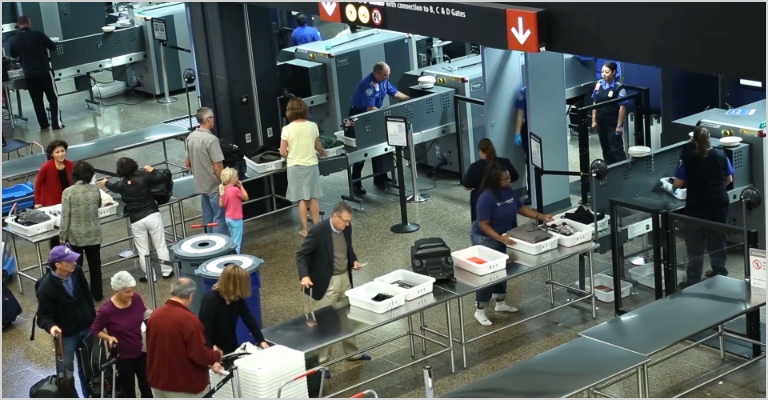ASU websites use cookies to enhance user experience, analyze site usage, and assist with outreach and enrollment. By continuing to use this site, you are giving us your consent to do this. Learn more about cookies on ASU websites in our Privacy Statement.

Projects
In the era of big data, novel tools and methods need to be developed to protect our homeland against threats and vulnerabilities.
The CAOE focuses on generating predictive methods, systems and tools that can be tactically used by Homeland Security for more effective real-time decision-making, risk assessment and economic evaluations.

Enhancing AI for Homeland Security
The Multisource AI Scorecard Table (MAST) for Evaluating Generative AI in Worker-Automation Team Tasks (MEGAWATT) project aims to leverage MAST, a tool rooted in Intelligence Community Directive (ICD) 203, to evaluate and enhance the performance of large language models (LLMs) like OpenAI’s ChatGPT.

Unlocking Software Safety with CHIAUS
The CHIAUS project aims to revolutionize risk communication in software development and consumption by integrating human-centered interactions with Software Bill of Materials (SBOM) data. Led by Principal Investigator L Jean Camp and her team at Indiana University, the project addresses the pressing need for actionable, understandable risk communication in the software ecosystem.

Fortifying Security Screenings by examining human-AI interaction
In the realm of safety science, a paradigm shift towards robust engineering offers new insights into addressing the challenges of complex systems, particularly in high-stakes environments like security screening. This project aims to advance the understanding of robust engineering principles within the context of security screening tasks.

Improving airport checkpoint efficiency
The combination of current airport space constraints and limited Transportation Security Officers coupled with projected increases in air travelers and rising number of security threats will put more pressure on TSA staff and resources. This project aims to mitigate issues and enhance outcomes.

Assessing threat landscapes through red teaming
The risk of chemical warfare (CW) has increased in recent years. The Homeland Security Enterprise (HSE) has a need to identify state and non-state actors likely to pursue the development of CW as well determining the factors that identify the use of CW. These factors include the states overall strategic orientation to CW, the types of CW agents likely to be pursued and the other activities that would accompany CW development.

Protecting privacy with deep-learning tools
In the era of big data, the unprecedented speed and volume of data collection poses benefits as well as risks. The large amount of collected data contains critical information for daily homeland security operations as well as potential usage to enhance analytical capabilities for better decision-making.

Creating new methods to preserve data privacy
Data sharing within DHS agencies and across components is challenging because of both privacy and security concerns. Many agencies remove sensitive but critical information from reports or documents to preserve privacy while others refrain from sharing data that could be useful to homeland security efforts due to the challenges of meeting and maintaining privacy requirements.

Guarding sensitive data with secure computations
The use of personal information is essential for homeland security efforts, but it is also a balancing act securing this information and protecting individual privacy concerns that exist in the sharing and use of sensitive information such as surveillance images/videos, biometrics, and other individual-identifying data that is collected and generated from multiple sources across the Homeland Security Enterprise.

Modeling disruptions to the Marine Transportation System
The Marine Transportation System (MTS) is a vital part of the nation’s supply chain. The vast majority of U.S. overseas trade is carried by the MTS and its operation plays a major role in the nation’s GDP and overall prosperity. An efficient MTS reduces congestion in ports, railways, and roadways, reduces costs to consumers and business owners, and promotes homeland and national security.
Education initiatives
We’re creating programs for both future and current Homeland Security professionals. Our focus is student engagement, DHS career pathways, and ongoing training.


